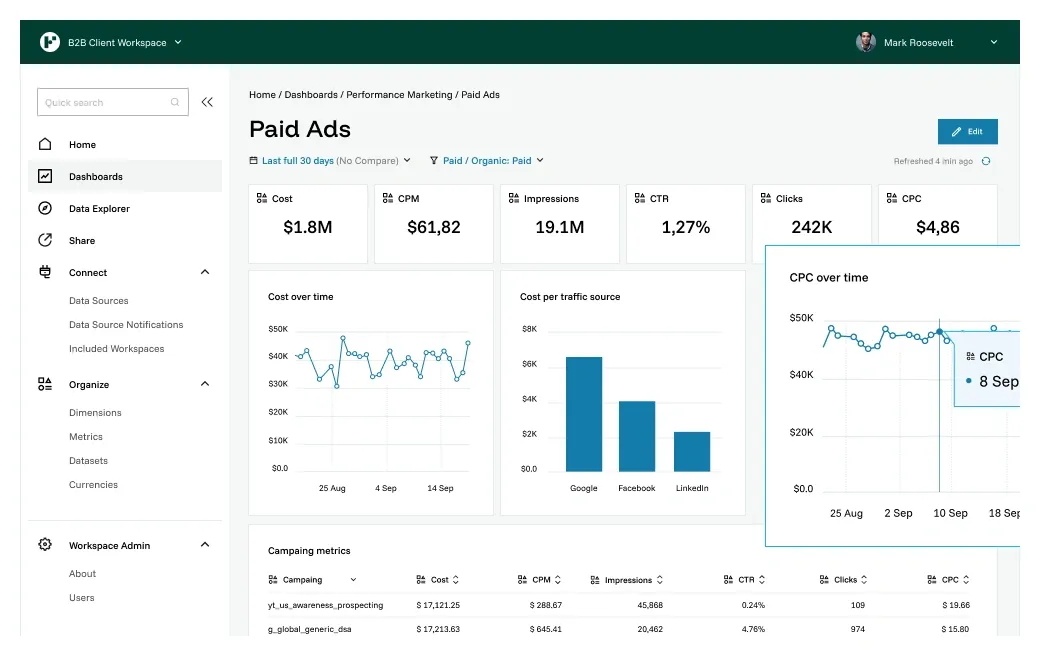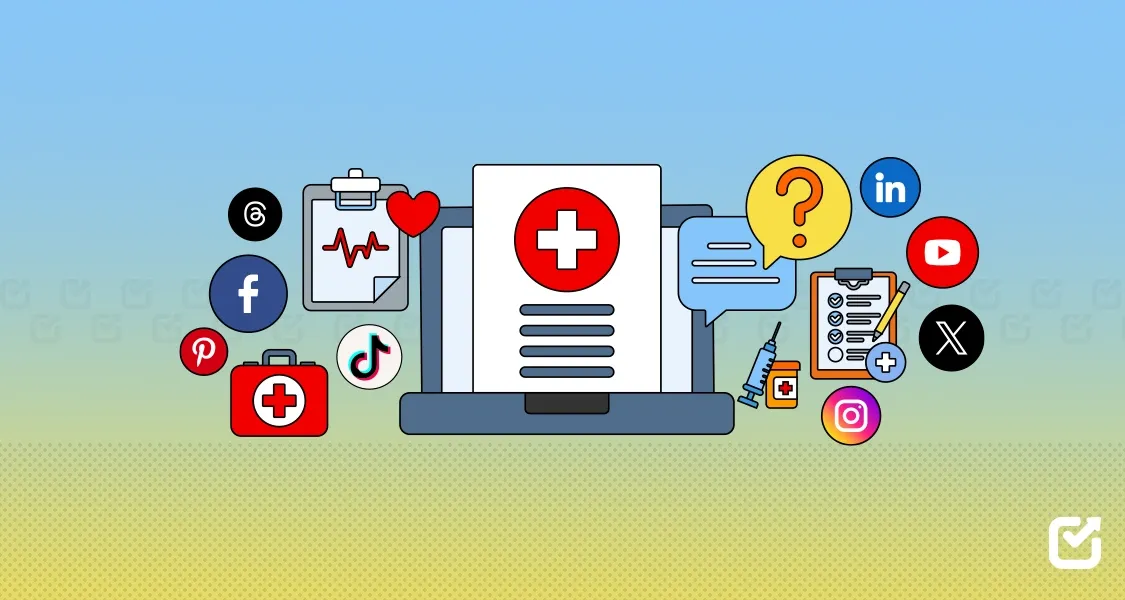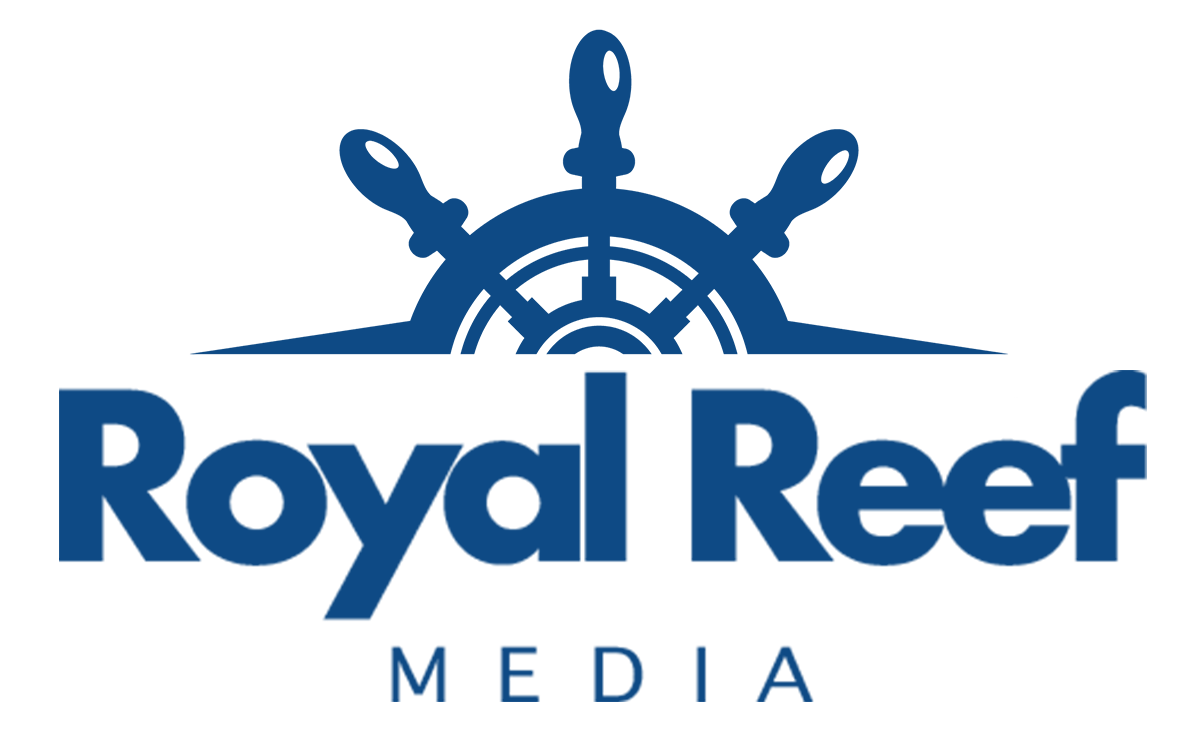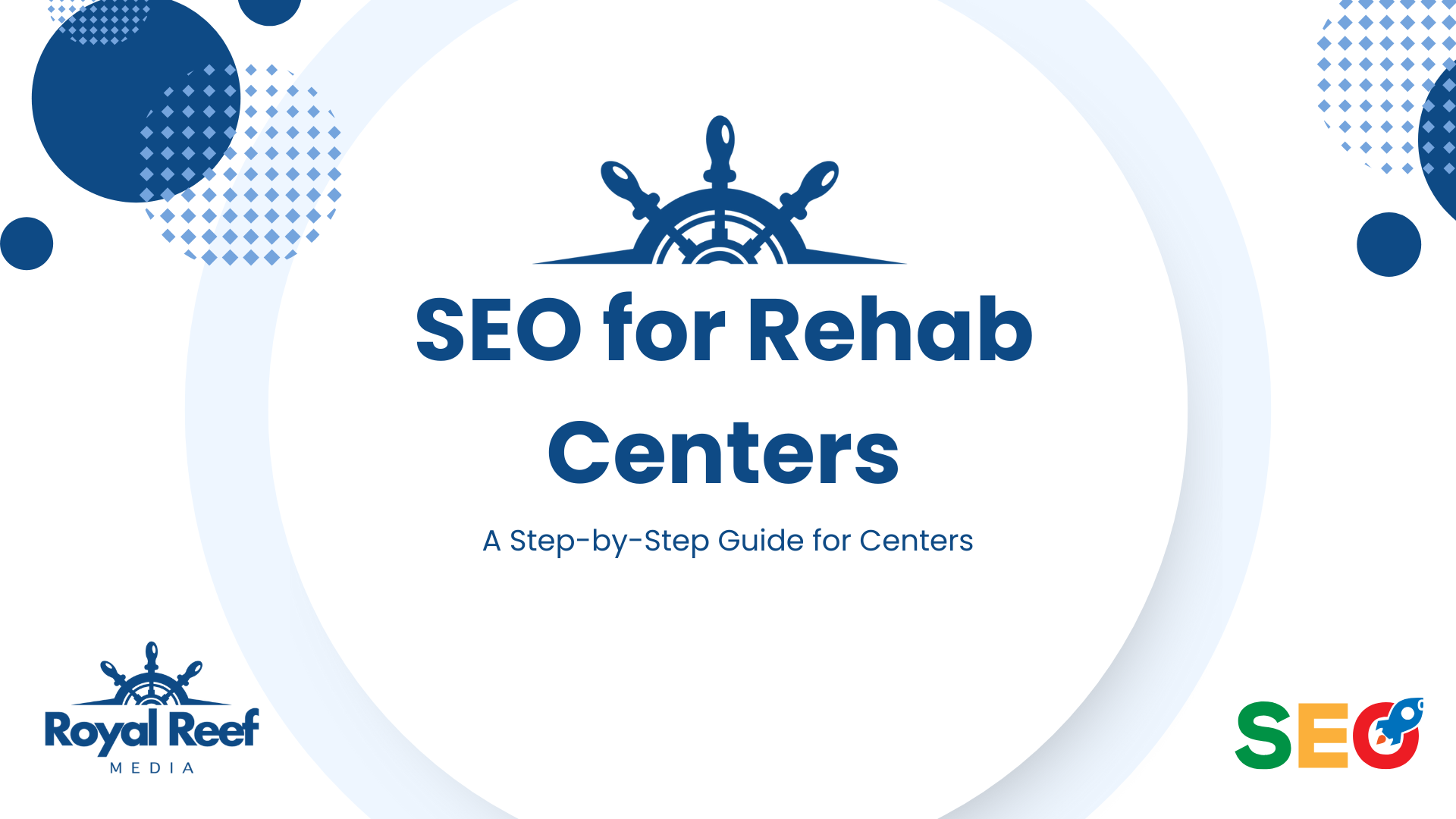Why SEO for Rehab Centers is Your Missing Growth Engine [2025 Guide]
Search engines kick off 68% of all internet experiences. SEO for rehab centers isn’t just another marketing tactic—it makes the difference between being visible or invisible when people need your services most. People looking for addiction treatment usually start their search online, yet many treatment facilities remain hard to find.
Your facility misses vital chances to help those in need if it doesn’t show up in search results. Drug rehab SEO creates steady growth that traditional marketing can’t match alone. Real results prove this—take the small Midwest facility that increased website traffic by 40% in just six months and got 25% more patient asks. Local SEO for rehab centers helps you reach people in your community who want treatment close to home. Royal Reef Media understands these challenges and has proven strategies that turn your online presence into a powerful growth engine.
This complete guide shows you why SEO for rehabs matters in 2025. You’ll learn exactly how to implement strategies that fill more beds and help more people find recovery.
Why SEO is a Game-Changer for Rehab Centers

Image Source: Funnel.io
The digital world of addiction treatment marketing looks completely different now. People’s search habits have changed. This creates new challenges and opportunities for rehab centers trying to reach people who need their help the most.
The change in how people search for addiction help
Google, Bing, and Yahoo serve as the starting point for 77% of people looking for health information online. Rehab centers must build a strong online presence to survive. Most people would rather look up addiction treatment quietly online than ask their family, friends, or doctors for advice. A Surgeon General report shows 1 in 7 Americans are at risk of developing addictions, yet all but one of these people receive treatment. Online searches offer privacy and easy access, making SEO a must-have tool for rehab centers.
Why traditional marketing is no longer enough
Traditional marketing doesn’t work as well as it used to for rehab centers. The costs keep rising. So, spending thousands on advertising space doesn’t make sense anymore – that money could improve facilities or patient care instead. Our team at Royal Reef Media has watched rehab centers move their marketing budgets toward eco-friendly digital strategies.
Drug rehab SEO beats traditional marketing in several ways:
- Reaches people actively looking for help
- Costs less but brings better returns
- Results keep improving over time
- Builds trust through organic search presence
How SEO builds long-term visibility
SEO benefits last longer than paid ads that vanish when you stop paying. Better rankings mean more visibility. A well-optimized rehab website climbs higher in search results and attracts more clicks. Research proves the #1 organic result gets 10x more clicks than the #10 position.
Local SEO matters because most clients want treatment close to home. Your center becomes visible to local community members who need immediate help when you optimize for nearby searches. On top of that, it takes work to stay on top of search engine algorithms, but the traffic keeps flowing at no extra cost after your original investment.
Royal Reef Media creates complete SEO strategies that help rehab centers grow both now and in the future nationwide.
Core SEO Strategies Every Rehab Center Needs
Image Source: FasterCapital
Royal Reef Media has identified four core strategies that help rehab centers nationwide achieve consistent results through strategic SEO implementation.
Keyword research for addiction treatment SEO
Keyword research is the life-blood of any successful rehab center SEO strategy. Did you know U.S. based users make over 188,510 online searches for addiction treatment centers each month? Your ability to capture this traffic depends on understanding what potential clients search for.
The right balance between short-tail and long-tail keywords makes all the difference. Short-tail keywords like “drug rehab” generate high search volume but face fierce competition. Long-tail phrases such as “affordable integrated drug rehab centers for veterans in San Diego” bring lower search volume but convert better. Google Keyword Planner, SEMrush, and Ahrefs help you find these valuable search terms.
On-page SEO: optimizing titles, content, and structure
On-page optimization changes your website content to improve search visibility. Your strategy should target keywords in:
- Title tags and meta descriptions (vital for click-through rates)
- Cascading headers (H1, H2, H3)
- URL slugs (keep them relevant and concise)
- Image alt text (improves accessibility while boosting SEO)
Quality content remains king. Royal Reef Media suggests creating dedicated service pages with local keyword optimization. A title tag like “Effective Intensive Outpatient Program in Houston” targets both service and location effectively.
Technical SEO: speed, mobile, and security essentials
Technical SEO builds on your website’s performance fundamentals. Users are five times more likely to abandon a site that isn’t mobile-friendly. A single second of delay can reduce conversions by 7%.
Google’s mobile-first indexing means your site’s mobile version determines rankings. Your site should load in 2-3 seconds, use proper security protocols (HTTPS), and deliver smooth mobile experiences.
Local SEO for rehab centers: reaching your community
Local intent drives nearly 46% of Google searches. This makes local SEO a vital part of rehab center marketing. Your Google Business Profile needs accurate information, quality images, and client reviews. Use location-specific keywords like “addiction treatment near me” or “alcohol detox in [city]” throughout your content.
Listings on Yelp and addiction-specific directories boost local visibility by creating consistent citations of your business name, address, and phone number.
Content That Connects: Building Trust Through Value

Image Source: Social Champ
Content creation is the foundation of successful SEO for rehab centers. Great content builds trust with potential clients when they need help the most.
Creating blog posts that answer real questions
Your educational blog posts should address questions people ask during their recovery experience. Research shows that nearly 70% of consumers believe blogs make websites more credible. The best topics include treatment approaches, rehab processes, coping mechanisms, and relapse prevention. Royal Reef Media suggests creating content that makes treatment less intimidating. This content should explain different recovery programs and help people overcome the stigma of asking for help.
Using patient stories to build emotional connection
Patient testimonials create deep emotional connections when you share them with care. These stories of transformation show the path from struggle to recovery. They prove that treatment really works. Personal stories help make recovery feel possible and real. Here’s what to remember when sharing these stories:
- Get proper permission first
- Tell the story of recovery without exploitation
- Add family’s point of view when it fits
- End by telling people what to do next
Video and visual content for engagement
Videos get people’s attention much better than text alone. You should create facility tours, introduce your staff, and explain treatment methods through video. These visuals help potential clients picture themselves getting care at your facility. Royal Reef Media finds that video testimonials really appeal to people looking for treatment options for their loved ones.
Social media as a content amplifier
Your website works great with social media platforms as distribution channels. Share your blogs, videos, and testimonials on Facebook, Instagram, and Pinterest to reach more people. Social platforms let you talk directly with people who need help. You can answer their questions and offer support. Rehab centers that share helpful content regularly can educate their audience, reduce stigma, and guide more people to recovery.
Measuring Success and Scaling with Experts
SEO performance metrics create a clear path toward eco-friendly growth for rehab facilities. The best strategies might fail without proper analytics to deliver the best results.
Tracking traffic, rankings, and conversions
Drug rehab SEO needs systematic monitoring of key performance indicators. Google Analytics and Google Search Console are a great way to get insights about your website’s performance. These tools track vital metrics such as:
- Organic traffic growth from search engines
- Keyword rankings related to addiction treatment
- Website visitor conversion rates into leads
- Phone calls and form submissions
The first three Google results get about 75% of all clicks for any keyword. Better rankings lead to dramatic improvements in visibility.
Understanding bounce rate and user behavior
Bounce rate shows the percentage of visitors who leave after seeing just one page. This metric tells you if your content connects with visitors. High bounce rates signal that people don’t find your content relevant or your site needs work. Time on site and page views matter too. These numbers reveal how people use your content.
Why Royal Reef Media is trusted by rehab centers
Royal Reef Media showed amazing results for addiction treatment facilities. Their portfolio shows how they helped Crescent Moon Recovery boost website traffic by 4001% in six months. Royal Reef sets up advanced analytics systems, gives clear monthly reports, and holds regular meetings about campaign progress. Their 90-day planning method will give clients a clear picture of upcoming work and expected results.
PPC and paid media investments
Paid advertising can support your organic SEO efforts during your growth phase. You might want to raise ad spending at the time search volumes peak. Focus on high-intent keywords during quiet months to maximize ROI. Live monitoring of PPC campaigns helps optimize spending. This balanced strategy creates a lasting marketing mix that brings measurable results to your rehab center.
Conclusion
SEO is the life-blood of sustainable growth for rehab centers in 2025 and beyond. This piece shows how strategic search optimization connects people seeking help with treatment facilities that can provide it. The move toward digital search has changed how people find addiction resources. Traditional marketing methods have become obsolete while centers that embrace complete SEO see unprecedented opportunities.
Note that successful rehab center SEO combines several vital elements. Keywords that target addiction treatment queries, technically sound websites, locally optimized profiles, and content that builds trust work together to create visibility where it counts. Royal Reef Media has showed how these strategies deliver real-life results. We help rehab centers grow their admissions and help more people find their path to recovery.
The numbers tell the story clearly. 77% of health seekers begin their trip through search engines. The top three Google results capture about 75% of clicks. Your SEO investment directly helps you assist those in need. SEO continues to deliver value long after implementation, unlike paid advertising that stops working when funding ends.
Royal Reef Media creates customized SEO strategies specifically for addiction treatment centers. Our unique experience covers several years of evolving search algorithms and market conditions. Our focus stays clear: we connect your services with the people who need them most. We invite you to take the first step toward sustainable growth today because your future clients are already searching.
FAQs
Q1. How does SEO benefit rehab centers?
SEO helps rehab centers increase their online visibility, attract more potential clients, and build long-term sustainable growth. It allows centers to connect with those actively seeking addiction treatment services, often at a lower cost and with higher ROI compared to traditional marketing methods.
Q2. Why is local SEO important for addiction treatment facilities?
Local SEO is crucial because many individuals prefer treatment options close to home. By optimizing for location-specific searches, rehab centers become more visible to people in their community who need immediate help, increasing the likelihood of attracting local clients.
Q3. What role does content play in rehab center SEO?
Content is essential for building trust and providing value to potential clients. Educational blog posts, patient stories, and video content help answer real questions, create emotional connections, and engage visitors. This not only improves SEO but also helps guide more people towards recovery.
Q4. How can rehab centers measure the success of their SEO efforts?
Rehab centers can track key performance indicators such as organic traffic growth, keyword rankings, conversion rates, and user engagement metrics. Tools like Google Analytics and Google Search Console provide valuable insights into website performance and help optimize SEO strategies.
Q5. When should rehab centers consider investing in paid advertising alongside SEO?
While SEO provides long-term benefits, strategic paid advertising can complement organic efforts. Rehab centers should consider increasing advertising budgets during periods of higher search volumes and focus on high-intent keywords during slower months to maximize ROI and create a balanced marketing approach.


0 Comments